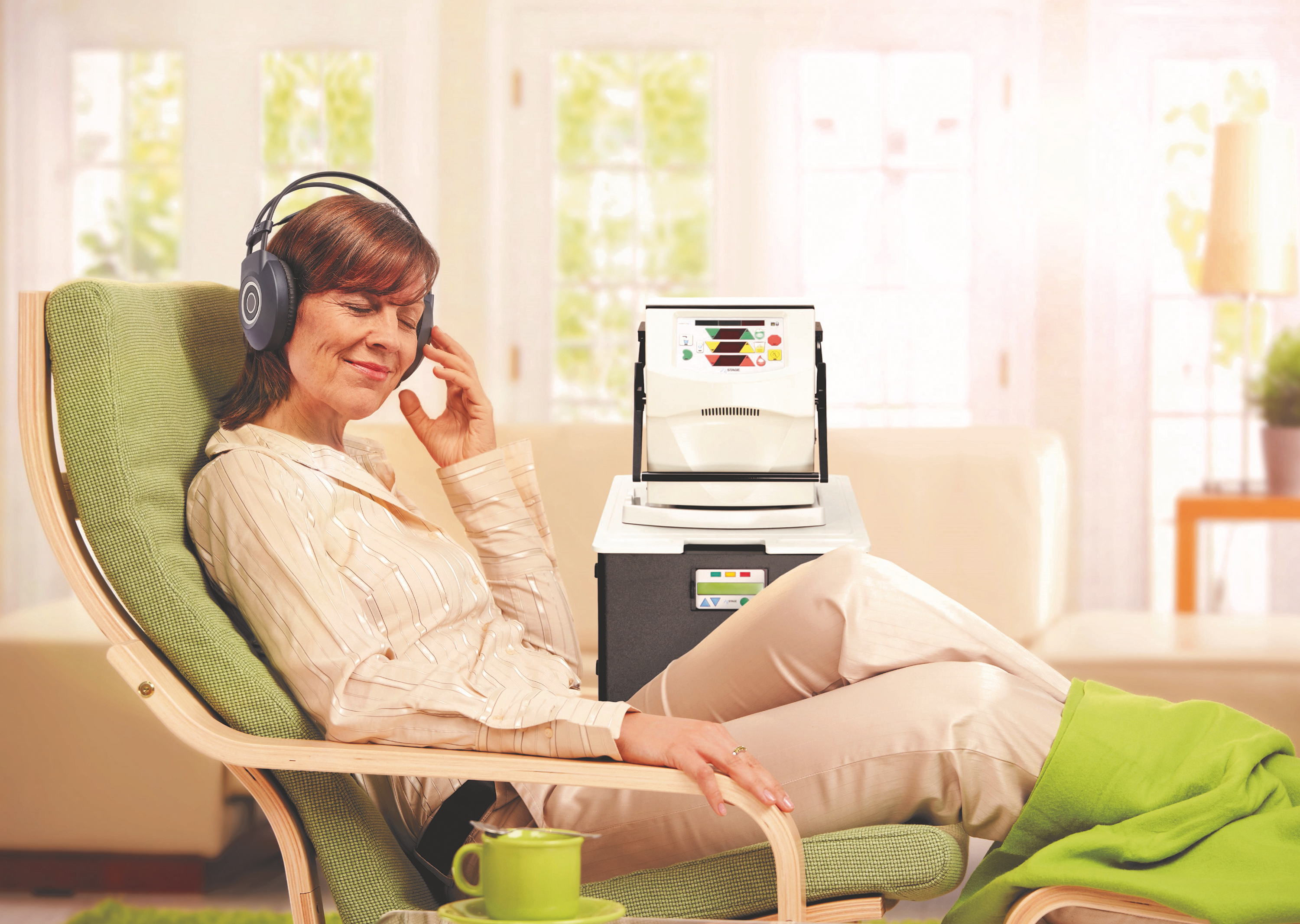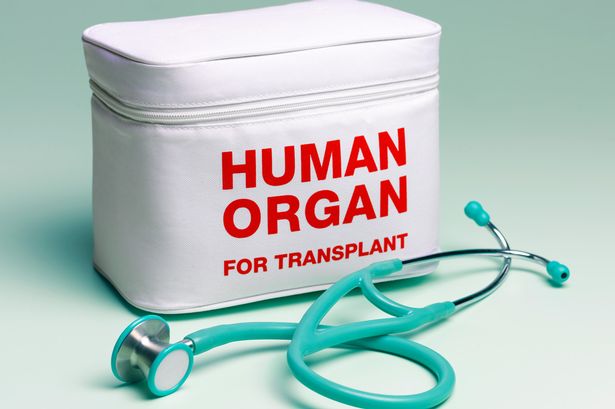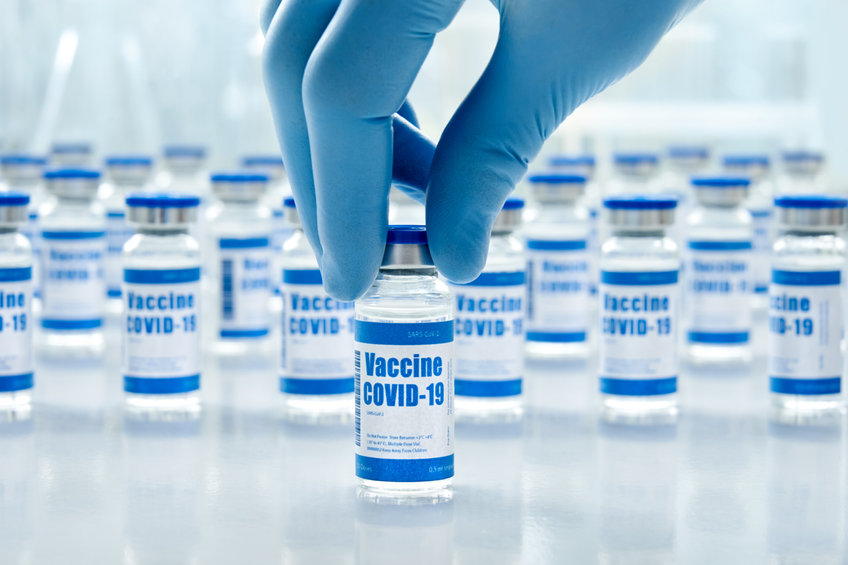This ESRD facility monthly newsletter highlights the latest ESRD insights and resources. Our goal is to provide you with a resource that makes it easy for you to stay on top of trends and support you in providing the best possible care for those you work with and serve.
In This Issue:

Happy Fall, Y'all! We thought cooler weather would never get here, but October arrived and brought beautiful weather and moderate temperatures. Pumpkin Spice people, your time is now!
There are two health focus areas for October that we want to share with you. First, October is Health Literacy Month. By now, everyone in healthcare is aware of the spotlight on health equity. Ensuring health literacy is a part of providing health equity. Health literacy is one critical step to ensuring ALL patients understand the information given to them, so they are best prepared to make informed decisions about their health care.
The Institute for Health Literacy website highlights two brief videos that illustrate the importance of health literacy.
- Click HERE to view the videos and other resources.
Secondly, International Infection Prevention week is observed October 17-23, 2022. The Association of Professionals in Infection Control and Epidemiology (APIC) website is full of resources that emphasize the importance of infection prevention.
- To access various infographics for sharing and awareness, click HERE.
Patient Services Pearls for Behavioral Health
 Providing behavioral health support to patients is a team effort. At some point, nearly all staff members find themselves in support roles for patients who become isolated and begin to struggle with mental health issues. There are times when a patient is at risk of harm to self or others, but needs to process emotions outside of the clinic.
Providing behavioral health support to patients is a team effort. At some point, nearly all staff members find themselves in support roles for patients who become isolated and begin to struggle with mental health issues. There are times when a patient is at risk of harm to self or others, but needs to process emotions outside of the clinic.
Warm lines are hotlines for patients who need someone to talk to about emotional issues. Warm Line numbers for Networks 8 & 14 are listed below. Consider providing these numbers to floor staff who can share them with patients in need. Then, encourage staff members to notify facility MSW when support has been provided.

Network Contact: ericka.webb@allianthealth.org
Home Dialysis
 One newly identified concern with the Home Dialysis QI activity is inaccurate record keeping in EQRS. Many of you will remember the days of reconciling the CROWNWeb patient roster with your internal roster by the 5th day of the month. With the change from CROWNWeb to EQRS, the records show that roster validation has been overlooked and disregarded.
One newly identified concern with the Home Dialysis QI activity is inaccurate record keeping in EQRS. Many of you will remember the days of reconciling the CROWNWeb patient roster with your internal roster by the 5th day of the month. With the change from CROWNWeb to EQRS, the records show that roster validation has been overlooked and disregarded.
Whether you are a home program, in-center program, or both - please take a moment to check your internal census with the EQRS patient roster to:
- Confirm discharged patients are no longer on your census
- Confirm newly admitted patients ARE on your census
- Ensure all patients have the correct modality/setting recorded in EQRS.
If you need help with this process, please contact us. It is what we are here for. Remember to never send patient names or SSN via email.
CMS Goals
- Increase prevalent patients added to a home modality.
- Increase incident patients added to a home modality.
- Increase the use of telemedicine for home modality in rural areas.
Resources: EQRS Facility Editor Quick Start Guide
Home Dialysis Contact: sheila.mcmaster@allianthealth.org
Hospital Admissions, Readmissions, and Emergency Visits
 In September 2022, the American Society of Nephrology published an article titled "Mitigating Pain in People Undergoing Hemodialysis." The article highlighted how chronic pain is experienced by approximately 61% of hemodialysis patients. In fact, 44% of these patients experience moderate to severe chronic pain. In some cases, pain can lead to missed or shortened treatments, which in turn can result in a visit to the ER and hospitalization.
In September 2022, the American Society of Nephrology published an article titled "Mitigating Pain in People Undergoing Hemodialysis." The article highlighted how chronic pain is experienced by approximately 61% of hemodialysis patients. In fact, 44% of these patients experience moderate to severe chronic pain. In some cases, pain can lead to missed or shortened treatments, which in turn can result in a visit to the ER and hospitalization.
Pain management accompanied by spiritual, psychological, and social aspects of care is key to help patients achieve their pain care goals. Click HERE to read the full article and discover mitigation strategies. Also, be sure to look at the resources below.
CMS Goals
- Decrease hospital readmissions.
- Decrease hospital 30-day unplanned readmissions.
- Decrease emergency department visits.
- Decrease COVID-19 hospitalizations.
Resources:
Hospitalization Contact: dany.anchia@allianthealth.org
Transplant
 First Steps to Transplant is a beginner’s guide to kidney transplant from the NKF’s Kidney Learning Center. The course module provides information about different types of transplants, transplant evaluation, surgery, stories from people who have received a transplant, and tools and resources needed to start the transplant journey.
First Steps to Transplant is a beginner’s guide to kidney transplant from the NKF’s Kidney Learning Center. The course module provides information about different types of transplants, transplant evaluation, surgery, stories from people who have received a transplant, and tools and resources needed to start the transplant journey.
This new and FREE curriculum is divided into 6 different courses and can help patients decide if a kidney transplant is right for them. Share these brief online courses with your patients and help them enroll to learn more about transplant.
CMS Goals:
- Increase patients added to the transplant waitlist.
- Increase the number of patients receiving a kidney transplant.
Resource: NKF Kidney Learning Center – First Steps to Transplant
Transplant Contact: arlandra.taylor@allianthealth.org
Vaccinations
 On September 23, 2022, the Centers for Disease Control and Prevention (CDC) updated the Interim Infection Prevention and Control Recommendations for Healthcare Personnel During the Coronavirus Disease 2019 (COVID-19) Pandemic. This guidance applies to all U.S. settings where healthcare is delivered, including dialysis facilities. Review the guidance to ensure your facility stays up-to-date on the latest CDC COVID-19 changes.
On September 23, 2022, the Centers for Disease Control and Prevention (CDC) updated the Interim Infection Prevention and Control Recommendations for Healthcare Personnel During the Coronavirus Disease 2019 (COVID-19) Pandemic. This guidance applies to all U.S. settings where healthcare is delivered, including dialysis facilities. Review the guidance to ensure your facility stays up-to-date on the latest CDC COVID-19 changes.
CMS Goals:
- Achieve patient COVID-19 vaccination rate of 80%.
- Achieve patient influenza vaccination rate of 90%; achieve 90% of staff influenza vaccination.
- Achieve patient pneumococcal conjugate 13 (PCV, Prevnar 13) vaccination rate of 56%.
- Achieve patient pneumococcal polysaccharide (PPSV, Pneumovax 23) vaccination rate of 87%. achieve PPSV vaccination rate of 80% of patients over age 65.
- Achieve patient PPSV booster vaccination rate of 43%.
Resources:
Vaccinations Contact: kristi.durham@allianthealth.org
Patient and Family Engagement
 We are excited to announce that the new Patient and Family calendar and monthly handouts are complete and available on our website in English and Spanish. To download a copy of the new calendar to post in your facility, or to view previous handouts go to:
We are excited to announce that the new Patient and Family calendar and monthly handouts are complete and available on our website in English and Spanish. To download a copy of the new calendar to post in your facility, or to view previous handouts go to:
Network staff will continue to email monthly handouts at the end of each month.
Patient and Family Engagement Contact: debbie.odaniel@allianthealth.org
EQRS Best Practices for Keeping Your EQRS Data on Track
 October Tip: Read Emails from the Network
October Tip: Read Emails from the Network
We know there are days when you are overwhelmed from receiving numerous emails. It can be challenging to determine which emails are high or low priority. Nonetheless, email is still one of the most efficient methods of communication.
The Network will only email you when there is something you need to know. With that in mind, when you receive an email from a Network staff member, please open it - and more importantly, please read it. We are here to support you and keep you informed.
If an action or a response is requested, please take action, or respond. If a response is requested and none is received, we will have to follow up with a phone call. If you respond to an email from anyone in the Network, remember to identify a patient only by their UPI (EQRS Patient ID). If you include the patient’s name or SSN in the email, all Network employees have an obligation to report it as an incident to CMS as a security violation.
Resources:
- EQRS educational resources can be accessed here.
- September EQRS newsletter can be accessed here.
- September Town Hall Q&A can be accessed here.
Network 8 and 14 Service Ticket Request:
EQRS Contacts: robert.bain@allianthealth.org or sade.castro@allianthealth.org